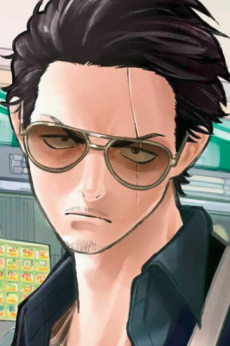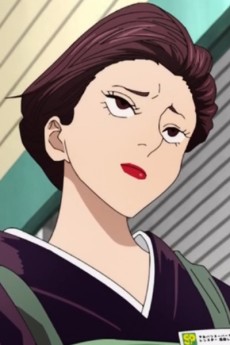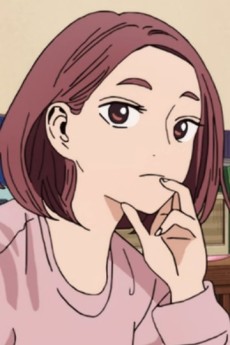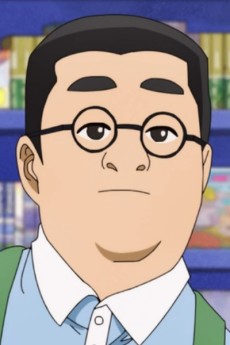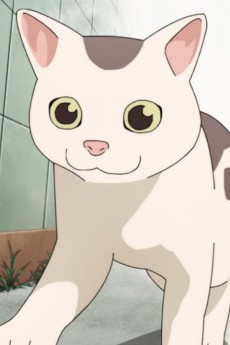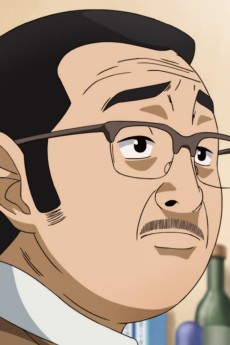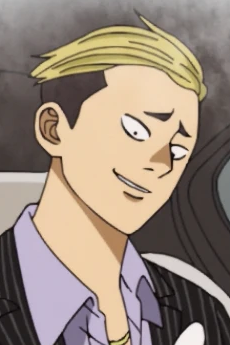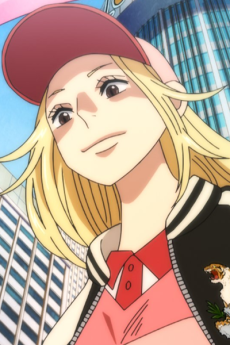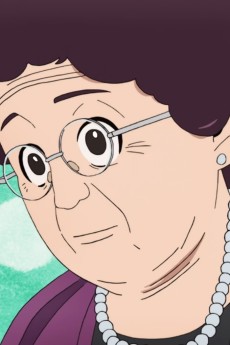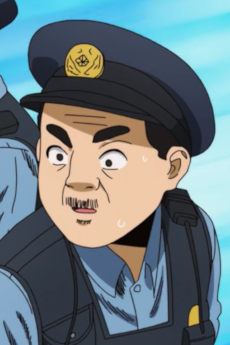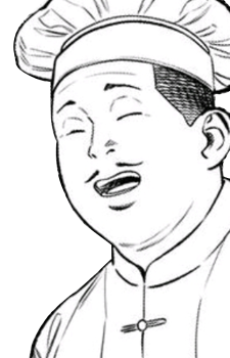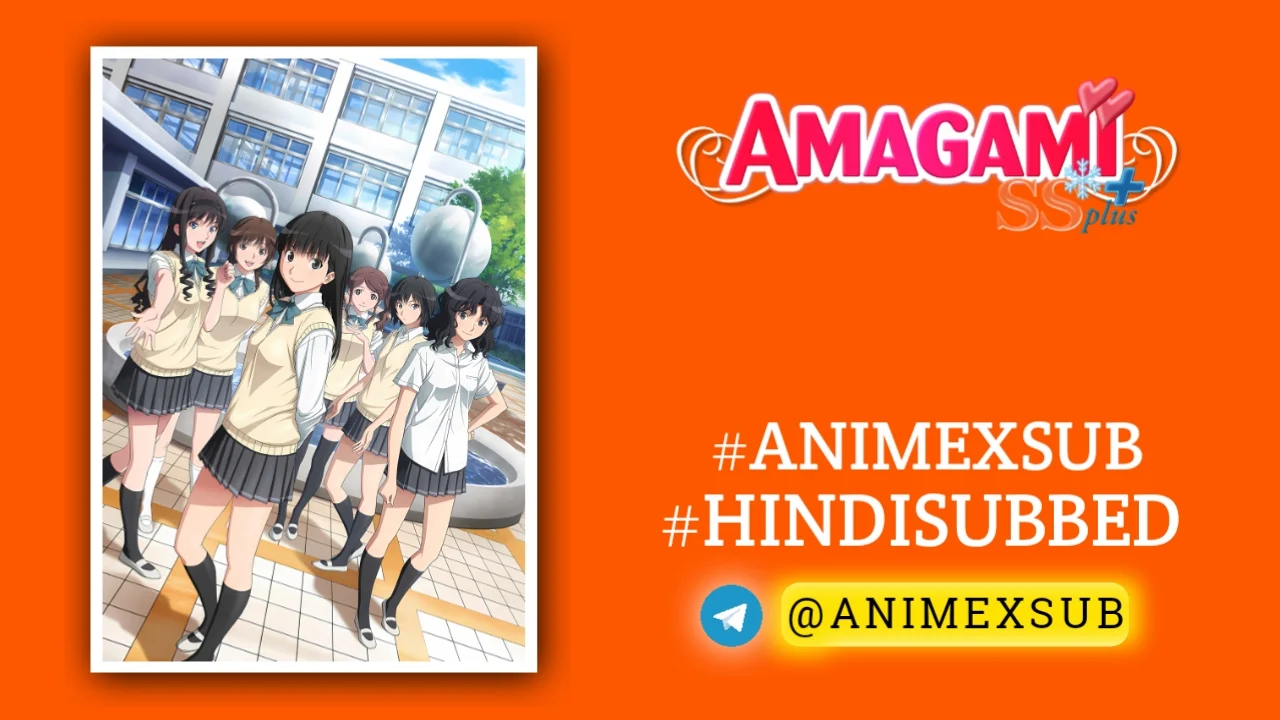
The Way of the Househusband Season 2 Hindi Subbed [5/5] | Gokushufudou Season 2 Hindi Sub!!
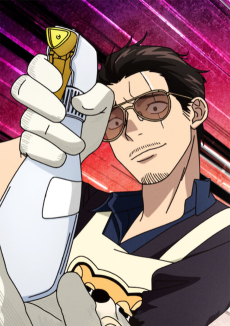
Gokushufudou Season 2
The Way of the Househusband: Season 2Synopsis
The second season of Gokushufudou.
Characters
The Way of the Househusband Season 2: A Deeper Dive into Domestic Chaos and Yakuza Charm
The Way of the Househusband Season 2, released on Netflix on January 1, 2023, continues the delightfully absurd journey of Tatsu, the “Immortal Dragon,” a former yakuza legend turned apron-wearing househusband. Adapted from Kousuke Oono’s manga and produced by J.C. Staff, this five-episode season (each around 17-20 minutes) doubles down on its unique blend of deadpan humor, subversive storytelling, and minimalist animation. While maintaining the core charm of its predecessor, Season 2 introduces fresh dynamics, nuanced character moments, and a sharper exploration of Tatsu’s domestic world, making it a compelling evolution of the series. This review dissects what makes Season 2 stand out, critically examines its strengths and flaws, and explores its cultural and thematic resonance without slipping into promotional fluff.
A Familiar Yet Fresh Recipe
At its heart, The Way of the Househusband thrives on a single, brilliant premise: Tatsu, once a feared yakuza enforcer, now channels his intense, no-nonsense demeanor into mundane household tasks. From battling grocery store sales to crafting perfect bento boxes, Tatsu approaches domesticity with the same ferocity he once reserved for gangland showdowns. Season 2 doesn’t reinvent this formula but refines it, delivering a tighter, more confident batch of vignettes that lean into the absurdity of Tatsu’s dual identity. Each episode is a collection of short, self-contained stories, typically three to five per episode, that showcase Tatsu navigating everyday scenarios with over-the-top zeal.
What sets Season 2 apart is its subtle expansion of Tatsu’s world. New characters, like Torajiro’s sister Toraharu and a mysterious Policure-obsessed figure, add layers to the ensemble without overshadowing the core trio of Tatsu, his career-driven wife Miku, and his bumbling former subordinate Masa. The season also introduces more animals—cats, dogs, and an adorable hamster named Gin—whose presence amplifies Tatsu’s softer side, offering a heartwarming contrast to his tough-guy exterior. These additions keep the formula fresh, preventing the central gag from growing stale, a risk given the series’ repetitive structure.
Humor That Hits and Misses
The comedy remains the show’s beating heart, rooted in the juxtaposition of Tatsu’s yakuza intensity with domestic trivialities. Highlights include Tatsu facing off against a child’s tantrum with the gravitas of a gang war, teaching Miku golf with life-or-death stakes, or engaging in a poetic haiku battle that’s described with understated brilliance: “Well, at least it’s moonlit.” The humor thrives on Tatsu’s ability to turn the mundane into high-stakes drama, amplified by Kenjiro Tsuda’s commanding yet versatile voice performance, which shifts seamlessly from menacing growls to earnest enthusiasm.
However, not every joke lands. The series’ reliance on the same core gag—Tatsu’s overzealous approach—can feel repetitive, especially in vignettes that lean too heavily on slapstick without deeper context. Some critics argue the bite-sized, unconnected stories prevent meaningful narrative development, making the season feel like a “shotgun blast” of jokes hoping to hit the mark. While the lack of continuity suits the show’s episodic nature, it occasionally leaves viewers wanting more emotional or narrative depth, particularly for supporting characters like Miku, whose own story remains underdeveloped.
Animation: A Polarizing Choice
The animation style remains a point of contention. Season 2 retains the minimalist, almost motion-comic aesthetic of Season 1, designed to mimic the manga’s static panels. This choice—prioritizing expressive character designs and sharp linework over fluid movement—divides audiences. For some, it enhances the comedic timing, with deliberate pauses and exaggerated expressions amplifying Tatsu’s deadpan delivery. Others find it lacking, arguing that physical comedy demands more dynamic animation to fully land punchlines. Improvements are noticeable, though; Season 2 introduces slightly more movement, particularly in character interactions, which adds personality to key moments. Fans on MyAnimeList have praised this subtle upgrade, noting it makes the series “half-assed but still edible/watchable.”
This stylistic choice reflects a broader tension: fidelity to the manga versus the expectations of modern anime audiences. By prioritizing manga-like visuals, the creators preserve the source material’s charm but risk alienating viewers accustomed to the fluidity of mainstream anime. It’s a bold gamble that works for those who buy into the show’s quirky vibe but feels like a missed opportunity for others, especially in action-heavy gags where motion could elevate the humor.
Thematic Depth Beneath the Silliness
While The Way of the Househusband is primarily a comedy, Season 2 quietly explores themes of reinvention, community, and masculinity. Tatsu’s journey as a househusband challenges traditional gender roles, presenting a man who finds purpose and pride in domestic work typically associated with women. His unwavering dedication to Miku and their home subverts the stoic, hyper-masculine yakuza archetype, offering a refreshing take on what it means to be a “tough guy.” Moments like Tatsu entertaining a sick child or pulling weeds for his landlord reveal a tenderness that grounds the humor in genuine warmth.
The season also delves into community dynamics, with Tatsu navigating women’s group meetings and neighborhood interactions. These scenes highlight his struggle to be accepted as more than a terrifying ex-yakuza, reflecting broader questions about identity and belonging. The inclusion of former yakuza like Torajiro and Hibari Torii, now living civilian lives, adds a layer of camaraderie and shared reinvention, suggesting that even the most hardened individuals can find new paths.
Cultural Context and Universal Appeal
The Way of the Househusband resonates globally because it balances Japanese cultural specificity with universal themes. References to yakuza culture, like Tatsu’s slang-heavy speech or the hierarchical dynamics of his past, are juxtaposed with relatable domestic struggles—grocery shopping, cooking, or dealing with in-laws. The show’s nod to Pretty Cure (reimagined as “Policure”) adds a playful layer for anime fans, while Tatsu’s earnestness makes him accessible to all. The English dub, featuring Jonah Scott as Tatsu, preserves the humor while making the dialogue feel natural for Western audiences, broadening its appeal.
Yet, the show doesn’t shy away from its Japanese roots. The animation’s manga-inspired aesthetic and the focus on everyday life reflect a slice-of-life tradition that’s quintessentially Japanese, akin to series like Nichijou. This authenticity, paired with universal humor, makes Season 2 a cultural bridge, inviting viewers to laugh at both the absurdity of Tatsu’s world and their own daily grind.
Critical Reception and Room for Growth
Reviews of Season 2 are mixed but lean positive. Leisurebyte gave it a 4.5/5, praising its “heartwarming” and “extremely funny” vibe, while Ready Steady Cut lauded its “smart subversions” and consistent humor (3.5/5). However, But Why Tho? rated it 4/10, criticizing the repetitive humor and lackluster animation, arguing it fails to develop deeper narratives. MyAnimeList user reviews range from enthusiastic (“a dopamine injector”) to mixed, with some wishing for more innovation or animation polish.
The season’s brevity—five episodes, with speculation of a second batch—leaves some wanting more. While the short runtime suits the bite-sized stories, it limits character growth, particularly for Miku, whose career and Policure obsession are teased but rarely explored. Future seasons could benefit from deeper arcs or more focus on supporting characters to balance Tatsu’s dominance.
Why Season 2 Stands Out
Season 2 excels by embracing its niche. It’s not trying to be a sprawling epic or a visually dazzling spectacle; it’s a love letter to the absurd, celebrating the humor in everyday life through the lens of a reformed yakuza. The addition of new characters, animals, and slightly improved animation keeps it fresh, while Tatsu’s unwavering commitment to his role remains the emotional core. It’s a show that finds joy in the small stuff—whether it’s a perfectly cooked meal or a hamster’s antics—and invites viewers to do the same.
For fans of the manga or Season 1, this is a worthy continuation that refines the formula without losing its soul. For newcomers, it’s an accessible, laugh-out-loud comedy that doesn’t demand prior knowledge. Despite its flaws—repetitive gags and limited animation—Season 2 delivers a unique blend of heart, humor, and subversion that’s hard to resist. It’s a reminder that even the most ordinary tasks can become extraordinary with the right perspective.
Final Verdict: The Way of the Househusband Season 2 is a compact, chaotic joyride that refines its predecessor’s strengths while introducing just enough new elements to keep things lively. It’s not perfect, but its charm and sincerity make it a standout in the slice-of-life comedy genre. Watch it for Tatsu’s infectious enthusiasm, stay for the unexpected warmth, and don’t be surprised if you start seeing your chores as epic quests.
Support Our Anime Community!
Love watching the latest anime? Help us keep uploading new episodes by join telegram channel ❤️
Join Now!